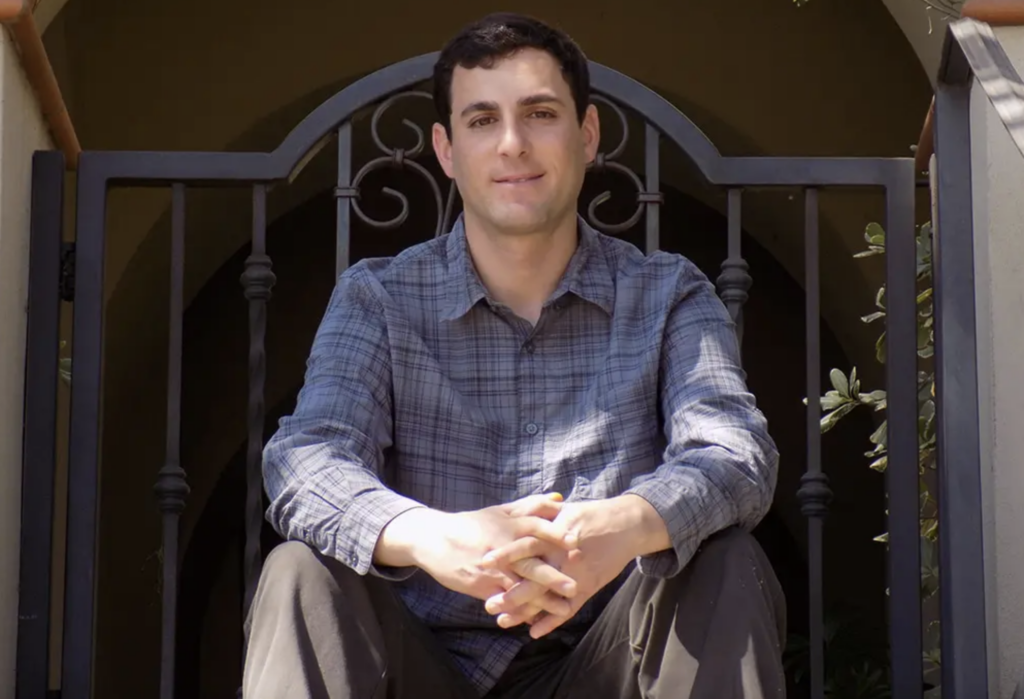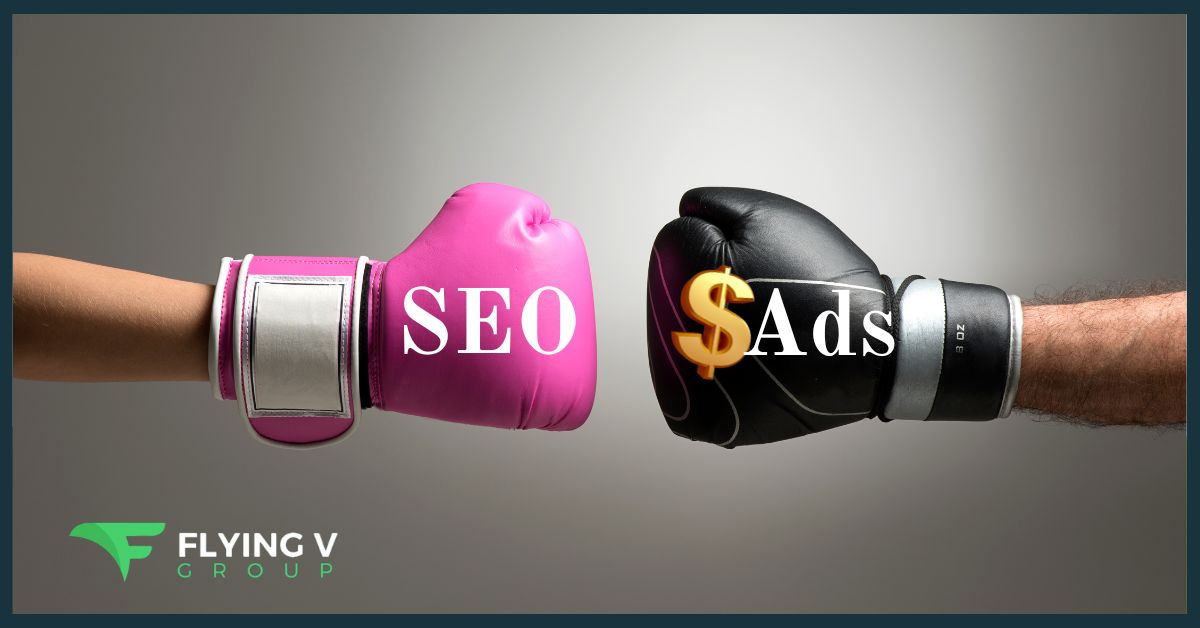In today’s digital age, the battle for online visibility and customer engagement has never been more intense. Businesses are constantly seeking ways to boost their online presence, and two prominent strategies often come into play: Search Engine Optimization (SEO) and Paid Advertising. But which one is better, and why? In this article, we’ll dive deep into the world of SEO and Paid Advertising, exploring their strengths, weaknesses, and real-life experiences to help you make an informed decision for your online marketing strategy.
Understanding SEO
The Power of Organic Traffic
SEO, short for Search Engine Optimization, is the practice of optimizing your website’s content and structure to improve its visibility in organic search results. When a user types a query into a search engine like Google, the goal of SEO is to ensure that your website appears prominently among the search results.
Real-Life Scenario: Imagine you run a local bakery in New York City, specializing in mouthwatering cupcakes. When someone searches for “best cupcakes in NYC,” wouldn’t it be fantastic if your bakery’s website appeared at the top of the search results? That’s the magic of SEO.
The Long-Term Investment
One of the key advantages of SEO is its sustainability. While it may take time to see significant results, the traffic generated through SEO is generally more sustainable over the long term. With quality content and a well-structured website, you can continue to reap the benefits for years to come.
Real-Life Experience: Sarah, the owner of an online fashion boutique, invested in SEO a few years ago. Initially, progress was slow, but as her website’s authority grew, so did her organic traffic. Today, she enjoys a steady stream of visitors who find her website through search engines.
Cost-Effective, But Not Instant
Unlike paid advertising, SEO doesn’t require a direct financial investment for each click or impression. However, it does demand a significant investment of time and effort. It’s not a quick fix; rather, it’s a long-term strategy that pays off in the end.
Real-Life Example: Mark, a startup founder, decided to focus on SEO for his new app. He dedicated time to creating high-quality blog content and optimizing his website. While it took several months to see noticeable results, the organic traffic he generated saved him from the high costs of paid ads.
The World of Paid Advertising
Instant Gratification: Paid Ads
Paid advertising, on the other hand, offers instant gratification. With platforms like Google Ads and Facebook Ads, you can create ads and have them displayed to your target audience almost immediately. This can be incredibly useful when you need to drive traffic quickly.
Real-Life Scenario: Jenny, a wedding photographer, had a sudden cancellation and needed to fill her schedule for the upcoming weekend. She ran a paid ad campaign on social media targeting engaged couples in her area and quickly booked a new client.
Pay for What You Get
Paid advertising operates on a pay-per-click (PPC) model. You only pay when someone clicks on your ad, making it a cost-effective option if managed well. However, if your campaigns are not optimized, you may end up spending more than you bargained for.
Real-Life Experience: Michael, a small business owner, initially struggled with his Google Ads campaign. He was spending a lot but not seeing the desired results. After refining his ad copy and targeting, he started to get more clicks for the same budget, ultimately increasing his ROI.
The Battle for Ad Space
In the world of paid advertising, competition can be fierce. Popular keywords and demographics can drive up the cost of clicks, making it challenging for smaller businesses to compete with larger advertisers.
Real-Life Example: Sarah, a marketing manager for a startup, found it challenging to rank her ads for highly competitive keywords in her industry. She had to get creative with her ad copy and targeting to get the desired results within her budget.
SEO vs. Paid Advertising: Which One is Better for You?
The SEO Advantage
- Sustainability: SEO provides a long-term solution for organic traffic. Once your content ranks well, it can continue to attract visitors without ongoing ad spend.
- Cost-Effective in the Long Run: While SEO requires a significant initial investment, it becomes more cost-effective over time, reducing your reliance on paid advertising.
- Trust and Credibility: Websites that appear in organic search results are often perceived as more trustworthy by users than paid ads.
The Paid Advertising Edge
- Instant Results: Paid advertising can deliver immediate traffic to your website or landing pages, making it ideal for time-sensitive promotions.
- Precise Targeting: Paid advertising platforms allow you to target specific demographics, interests, and behaviors, ensuring your message reaches the right audience.
- Flexibility: You can adjust your ad campaigns on the fly, optimizing them for better performance and ROI.
Finding the Right Balance
The debate between SEO and paid advertising isn’t about choosing one over the other. It’s about finding the right balance that suits your specific goals and resources. Here are some tips to help you make the best decision:
1. Define Your Goals
Start by defining your marketing goals. Are you looking for immediate results, or are you willing to invest in a long-term strategy? Your objectives will guide your choice.
Real-Life Experience: John, a tech startup founder, knew he needed quick user sign-ups for his new app. He started with paid ads but simultaneously worked on an SEO strategy for sustained growth.
2. Assess Your Budget
Consider your budget carefully. Paid advertising can provide quick results, but it can also drain your resources if not managed effectively. SEO may require a more significant upfront investment but can save you money in the long run.
3. Monitor and Adapt
Regardless of your choice, monitoring and adapting your strategy is crucial. SEO and paid advertising are not set-and-forget solutions. Continuously analyze performance and make adjustments as needed.
Real-Life Example: Emily, a content marketer, regularly monitors her SEO efforts. When she noticed a decline in rankings for a particular keyword, she updated her content to align with the latest search trends.
In Conclusion
In the battle of SEO vs. Paid Advertising, there’s no one-size-fits-all answer. Both strategies have their strengths and weaknesses, and their effectiveness depends on your specific circumstances and goals.
If you’re looking for sustained, cost-effective growth and are willing to put in the time and effort, SEO may be your best bet. On the other hand, if you need quick results and have the budget for it, paid advertising can deliver immediate returns.
Remember, it’s not about choosing one over the other; it’s about finding the right balance that aligns with your objectives and resources. So, whether you’re a local bakery owner or a tech startup founder, the key to success lies in making an informed choice and staying agile in the ever-evolving landscape of online marketing.
Author Bio

Brandon Leibowitz is the founder of SEO Optimizers, a Digital Marketing Agency in Los Angeles, California. He is also the founder of Bosmol.com, a social media news log. He has been involved with search engine optimization and internet marketing since 2007.






0 Comments